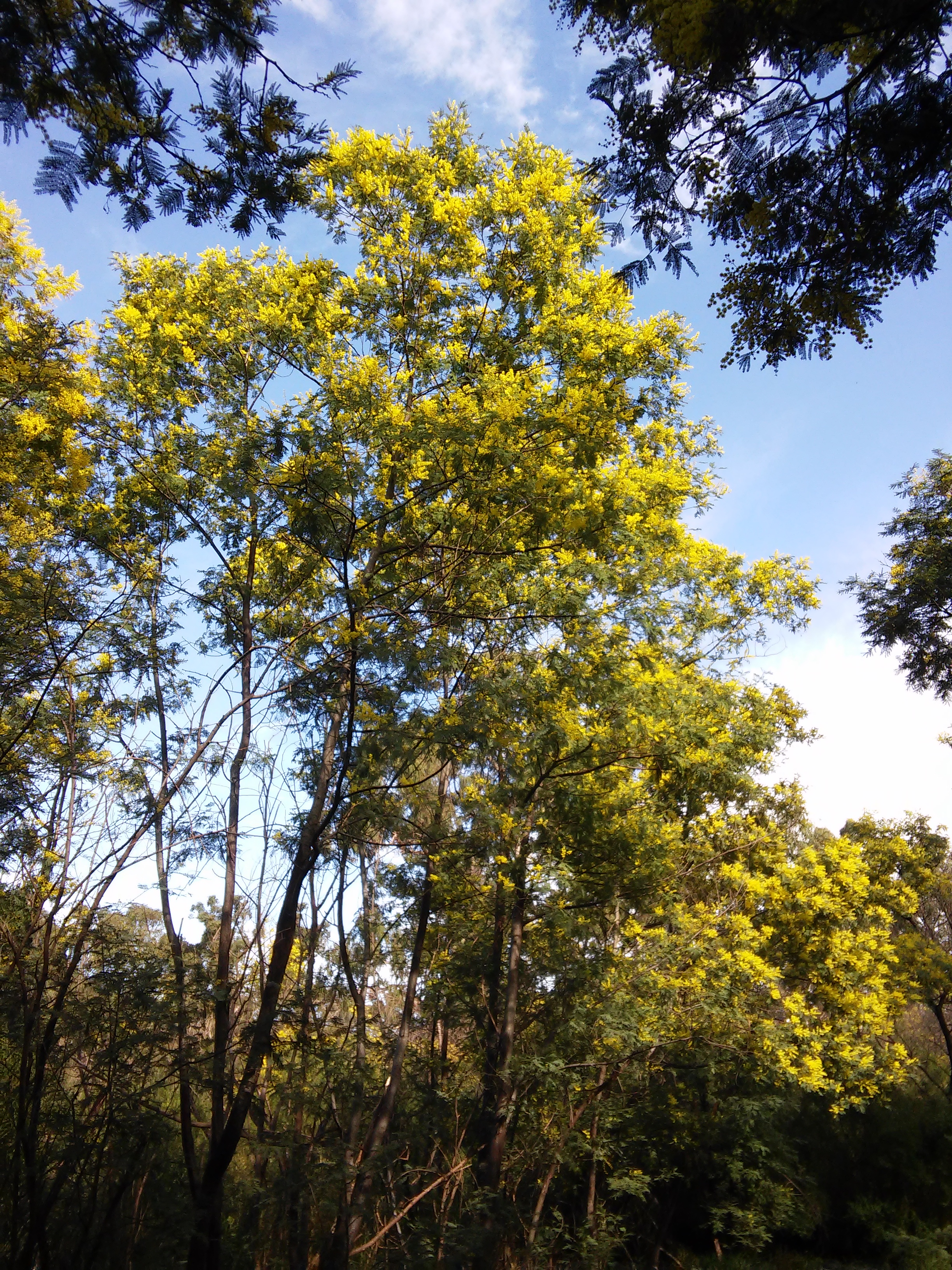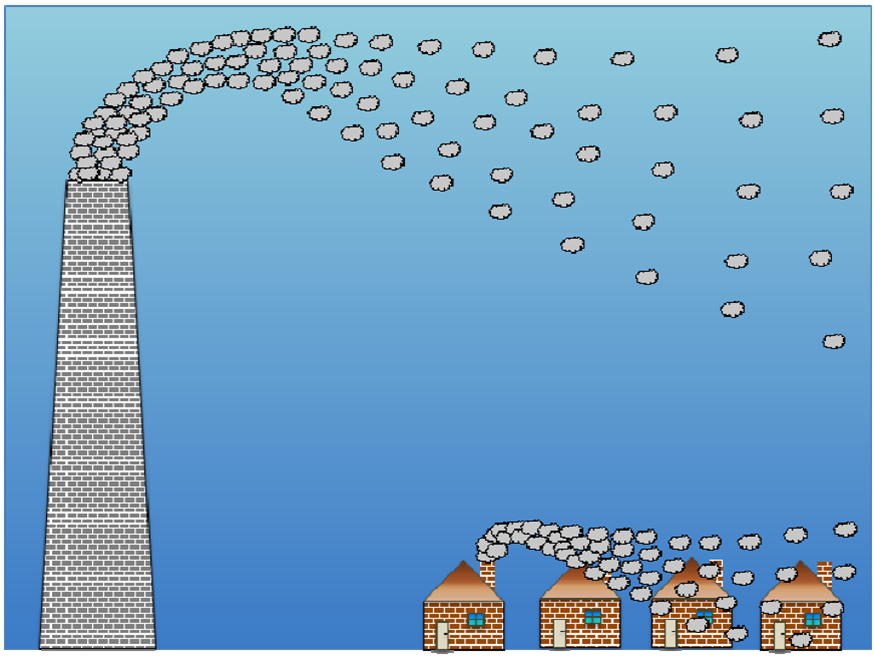A few years ago, as I was putting together a new forest dynamics simulator for Australia’s fire-prone landscapes, I realised that I needed a way to predict the number of seeds produced each year. I looked around and the only model I found was one calibrated on North American tree species (Greene & Johnson 1994). This clever model gave a first approximation of the mean annual seed crop based only on two things – tree size, and the mass of a single seed. It works using the classic idea of a seed size : seed number trade-off – in other words, tree species that have small seeds produce a lot of them each year. It also scales up the seed crop based on tree size, since larger trees have more resources to devote to the expensive business of reproduction.
I thought perhaps I could calibrate this same model for Australian tree species, but I soon hit a major snag – the lack of data. There was only one genus for which any serious work had been done to measure forest seed crops – our mighty eucalypts. Even then, hardly anything could be found in formal literature. Eventually, after trawling the depths of my University’s library, I found enough grey and published literature to put together a calibration. But there were further issues.
The Greene and Johnson model assumed all the trees were fully mature. Some of the Australian studies I had found included quite young stands, so I decided to include a maturity term in the model, as I figured this would help extend the model’s useful range. I also realised that the whole idea of the seed size : seed number trade-off makes the assumption that seeds themselves represent the full cost of reproduction from the tree’s perspective. In fact for eucalypts, a great deal of effort goes into making woody fruit capsules, to keep the seeds safe during fire.
I tested this idea empirically, and found that using fruit size measures, I could explain much more of the interspecies variation in Eucalyptus seed crops than I could with just seed mass. The effect was quite dramatic, especially when fruit size was expressed on a per-seed basis … effectively providing a measure of what it costs the tree in terms of woody fruit material when it wants to make a single seed.
Using this insight, I extended the Greene and Johnson model further, by using trait allometrics to map fruit size measures back to a seed mass equivalent value, so it could be plugged into the original model framework. And it worked! I now have a calibrated model that can be used to estimate mean annual seed production in temperate Eucalyptus forests. The new model has been published here, and I can now start work on implementing this into my simulator. And all the hard work of those forest seed crop researchers, who diligently checked their seed traps each month for years on end, has been put to a new use.



 How do you predict future environmental impacts? Well you need a particular type of time machine – future scenario modelling – and it needs to be tested before you launch…
How do you predict future environmental impacts? Well you need a particular type of time machine – future scenario modelling – and it needs to be tested before you launch…